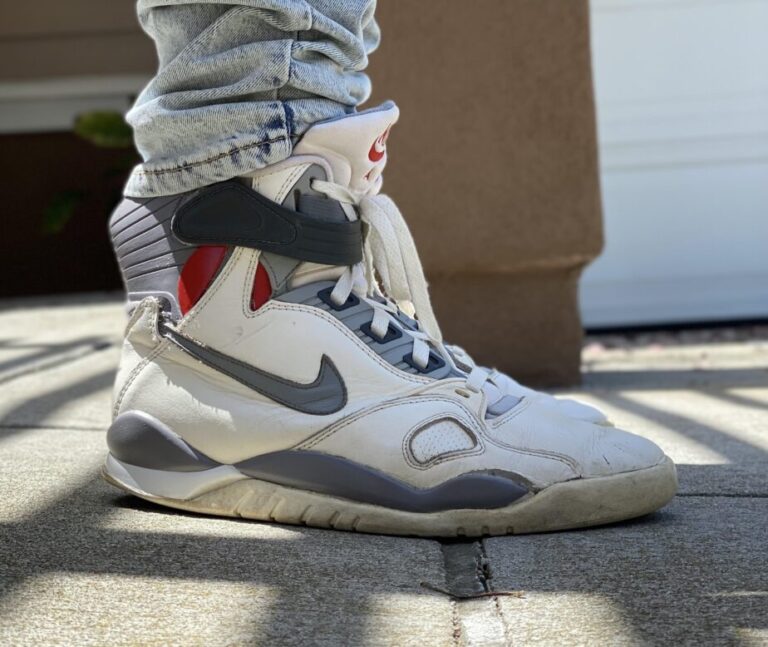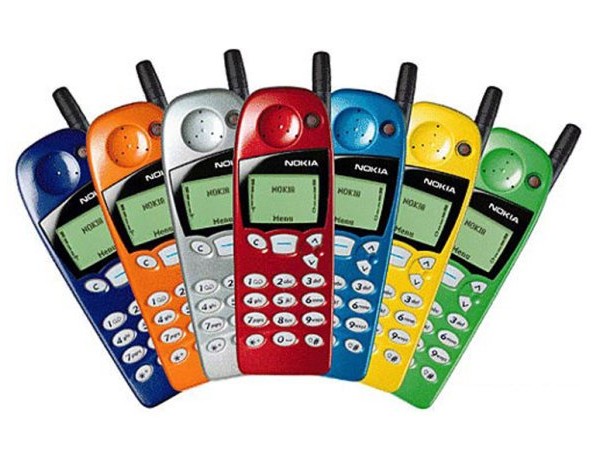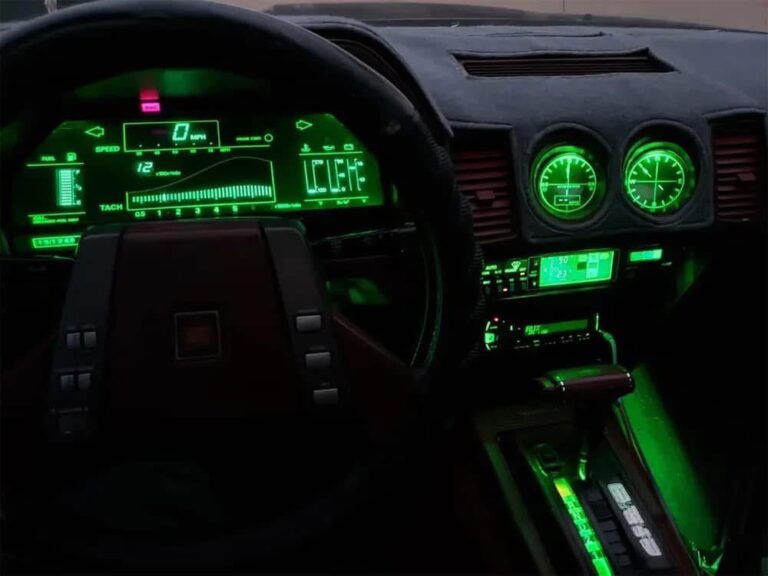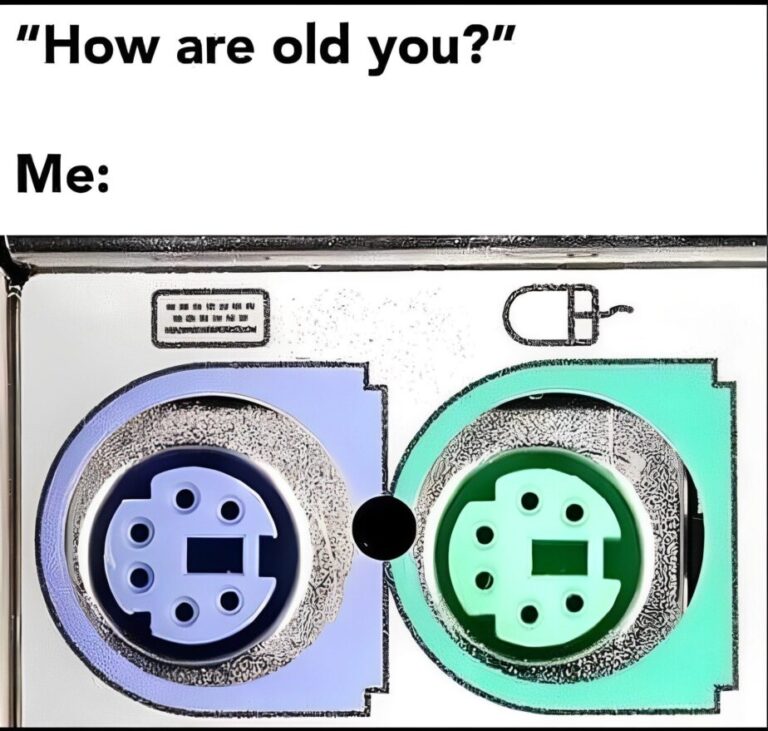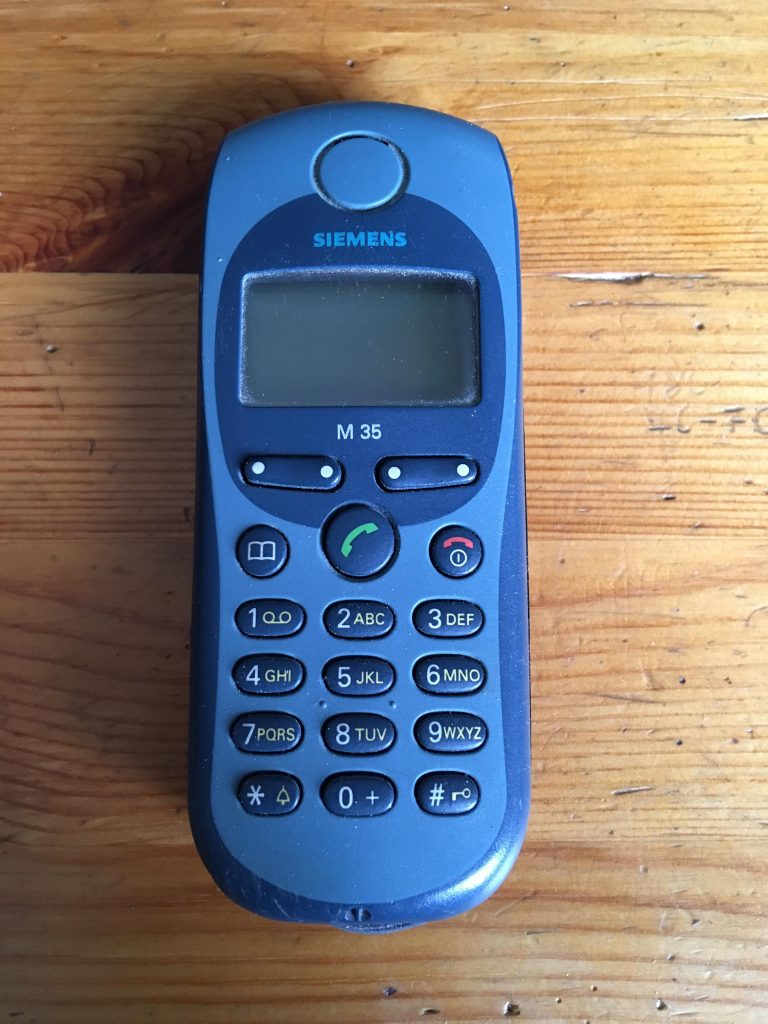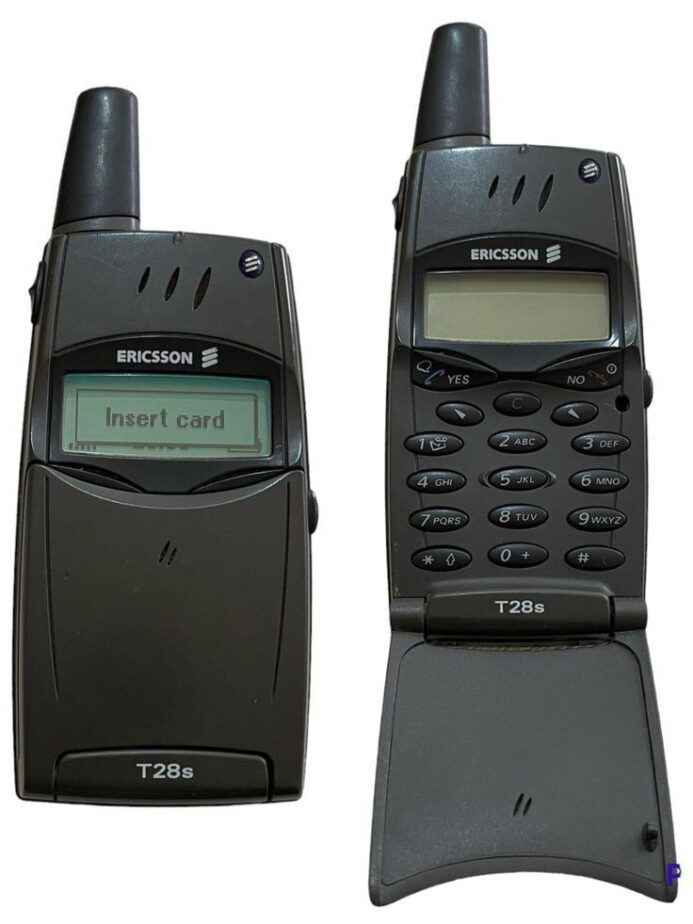
In the bustling world of late 1990s mobile technology, where phones were often clunky and substantial, a breath of fresh air arrived in the form of the Ericsson T28s. Released in September 1999, this sleek, flip-phone marvel wasn’t just a gadget; it was a statement. It whispered sophistication and innovation, proving that powerful technology could indeed come in a remarkably small and stylish package.
For those of us who remember this era, the T28s evokes a sense of nostalgia. It was a time before ubiquitous smartphones, before constant connectivity was the norm. Owning a T28s felt special. Its lightweight design, at a mere 83 grams, made it feel almost like a feather in your pocket. Compared to the “bricks” of yesteryear, this was a revelation. The 15mm thin profile further accentuated its elegance, slipping effortlessly into a shirt pocket or handbag.
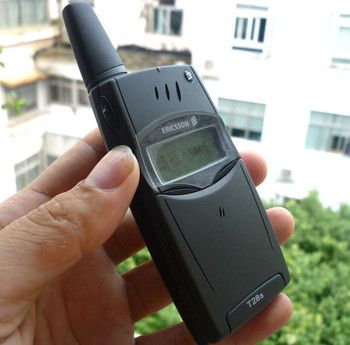
The satisfying click of the spring-loaded flip was an experience in itself. It wasn’t just a way to answer or end a call; it was a tactile interaction that added to the phone’s charm. Opening the flip revealed a clear, albeit monochrome, display with its cool electroluminescent backlight, a futuristic touch at the time. While it only displayed a few lines of text, it provided all the essential information with clarity.
But the T28s was more than just its looks. It was a capable device for its time, boasting features that were considered advanced. As a GSM dual-band (900/1800 MHz) phone, it offered reliable connectivity across many networks. SMS messaging, still a relatively new phenomenon for many, was seamlessly integrated. And for those moments when a ringtone might be disruptive, the inclusion of a vibrating alert was a much-appreciated feature.
One of the T28s’ standout innovations was its lithium polymer battery. This technology was cutting-edge at the time and contributed significantly to the phone’s light weight and relatively long battery life. The standard 500 mAh Li-Po battery offered respectable standby and talk times, allowing users to stay connected without constantly searching for a charger. The option of an even slimmer, higher-capacity battery further catered to those prioritizing portability.
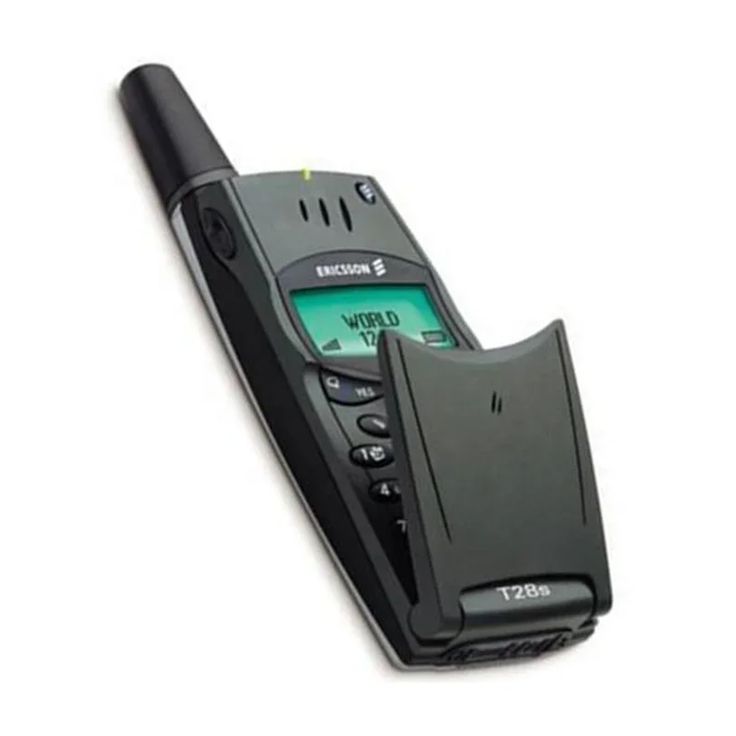
Beyond the essentials, the T28s offered a few delightful extras. The ability to store up to 250 contacts was a significant step up for many users. The inclusion of basic games like Tetris and Solitaire provided welcome moments of distraction. And for the truly modern, voice dialing and voice answering added a touch of futuristic convenience.
The Ericsson T28 wasn’t just one phone; it was a family. The T28s was the most common iteration, but there was also the T28z for North American GSM 1900 networks, the globally compatible T28 World, and even the T28sc tailored for the Chinese market. This range demonstrated Ericsson’s commitment to catering to diverse user needs.
Looking back, the Ericsson T28s holds a special place in mobile phone history. It was a pioneer in design, demonstrating that mobile phones could be both functional and fashionable. It paved the way for the sleek and pocketable devices we take for granted today. While the technology of 2025 is light-years ahead, the T28s remains a testament to innovative design and a reminder of a time when mobile communication was evolving at an exciting pace. It wasn’t just a phone; it was a whisper of the future in the palm of your hand.


